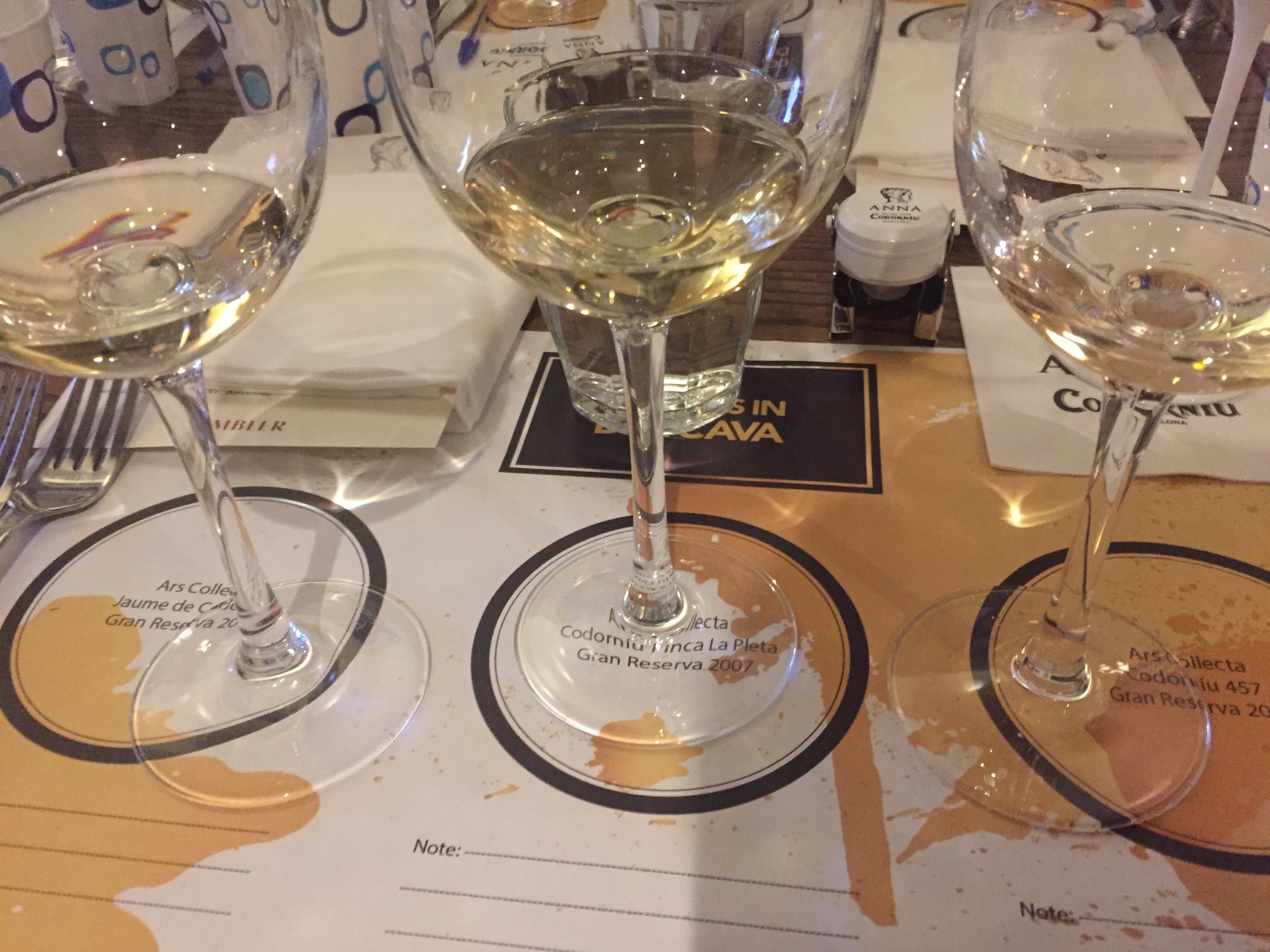Cava
More cava is sold around the world than any other style of sparkling wine - 20m cases are made annually, with 56% of sales exports. In the last forty years, the cava industry has done an incredible job of marketing itself as an inexpensive alternative to champagne, with 85% of cava selling for under $20. But that has come at a cost - if a consumer wants to buy something more expensive they simply move back to champagne rather than sticking with cava.
There’s also a lack of regional definition to cava which further limits it. The Cava DO was created in 1985, just before Spain entered the EU in order to meet EU requirements for a regional designation. Cleverly, the DO was spread across seven regions in Spain, from Catalunya to Extremadura, to allow any producer to use the globally recognised cava name. The downside to that is when drinking cava no one thinks of it as a place, in contrast to champagne where we can immediately envision its cool climate, its villages, and its history.
But cava producers are determined to change that perception. A new DO was introduced in 2016 called Cava de Paraje Calificado, designed to raise the standards and reputation of cava. “Paraje” means single-site, and any wine using this designation must come from one vineyard approved by the regulators. The aim is to make cava much more site specific, and in this the regulations go further than any other sparkling wine region including champagne. The wines must be Brut or Brut Nature, aged for 36 months in the bottle on their lees, and made from ten-year-old vines with permitted yields of 8,000kg/ha. The grapes must be hand-harvested and, perhaps most importantly, the vineyard must be estate owned. Only twelve sites have thus far been designated, though more are likely to be approved soon.
I attended a tasting showcasing the wines of Codorníu, one of the two cava giants, the other being Freixenet. The two of them rarely agree on anything, which has prevented innovation, so it's a triumph to get the Paraje designation approved. Codorníu, the first to plant Chardonnay and Pinot Noir, have always been the more experimental of the two and they own three of the twelve approved vineyards.
Anticipating the new designation long before it came into practice, their first, albeit experimental, Paraje bottling is from 2007. The vineyard is called La Pleta, inland from the coast near the border with Aragon. This is where their Raïmat range of still wines come from, the arid, continental conditions very different from the Mediterranean climate of Penedés where most cava is made. It's 100% Chardonnay, the grapes taken from a single block in the highest part of the vineyard. Aged for seven and a half years on its lees, this is certainly a complex wine that rivals very good champagne. It has mature aromas of bread, dough, mushrooms, cooking apples, roasted almonds, and yoghurt. Most importantly, it has a great, gripping, acidic structure, which is essential for the best sparkling wines (✪✪✪✪✪). It hasn't been officially released, with only 300 bottles made, but once the 2008 is put on the market it's likely to retail for $120. That's a hefty price for cava, and I wonder who is prepared to spend that much.
I also tasted a couple of Cordoníu's other high-end wines. Jaume ($50; ✪✪✪✪✪), named after the 16th-century founder of the firm, and 457 ($175; ✪✪✪✪✪✪) are both taken from three different vineyards around Catalyuna. These express the terroir of the region in a different way than La Pleta. They're a blend of three varieties, each taken from the vineyard where they work best. Xarel∙lo is the one local variety used for cava that's capable of producing interesting wines, with the structure and intensity to hold up during the long ageing that quality sparkling wine requires. These grapes are grown in the Mediterranean climate of Penedés, while the Pinot Noir comes from further inland in Conca de Barberá where the climate gets more continental. The Chardonnay again comes from the continental climate of La Pleta. Blending vineyards from quite different parts of the region suggests that producers are finally beginning to think about and understand terroir rather than simply belting out high-volume, inexpensive wine.
Cava still has a lot to do to improve its reputation, but the Paraje designation seems to be a step in the right direction. The next goal is to educate consumers about the wines, and convince them to spend much more on them than they're used to.




